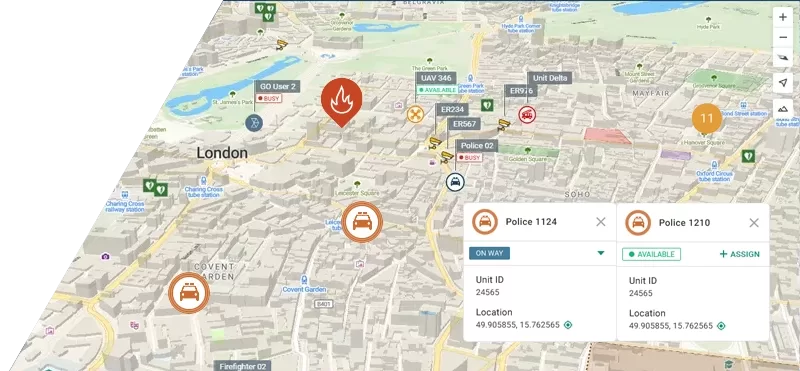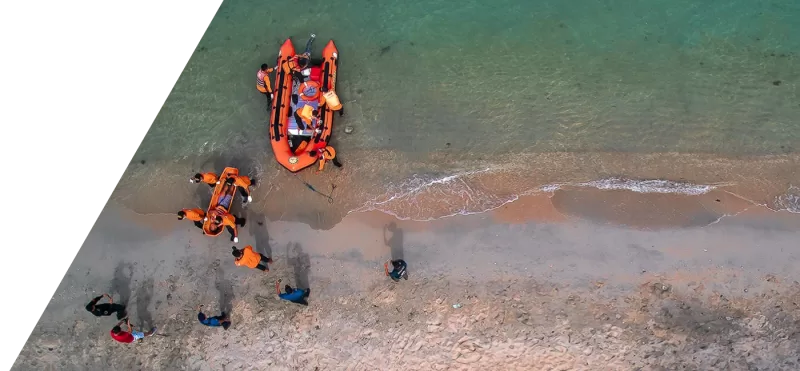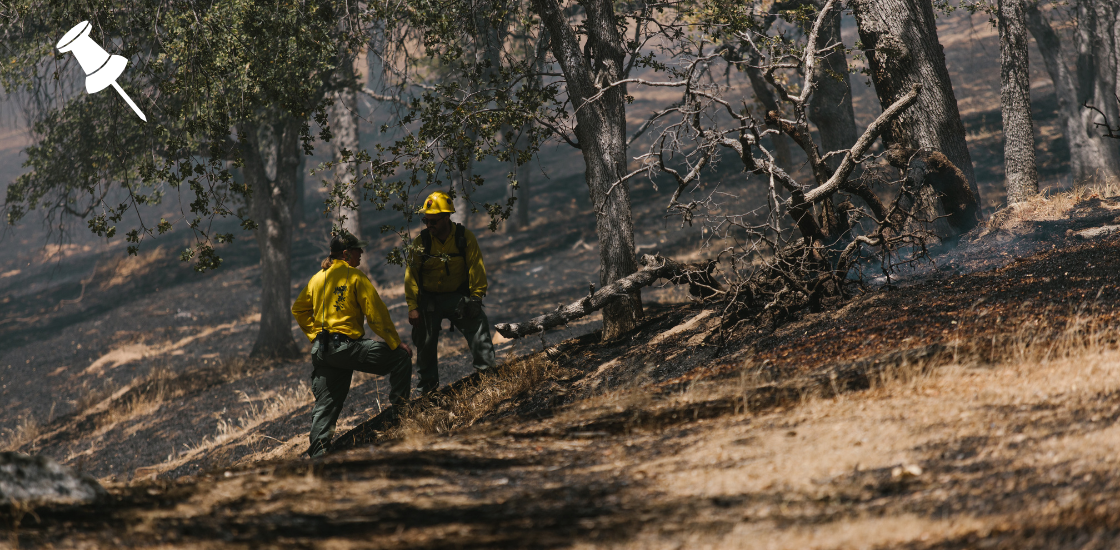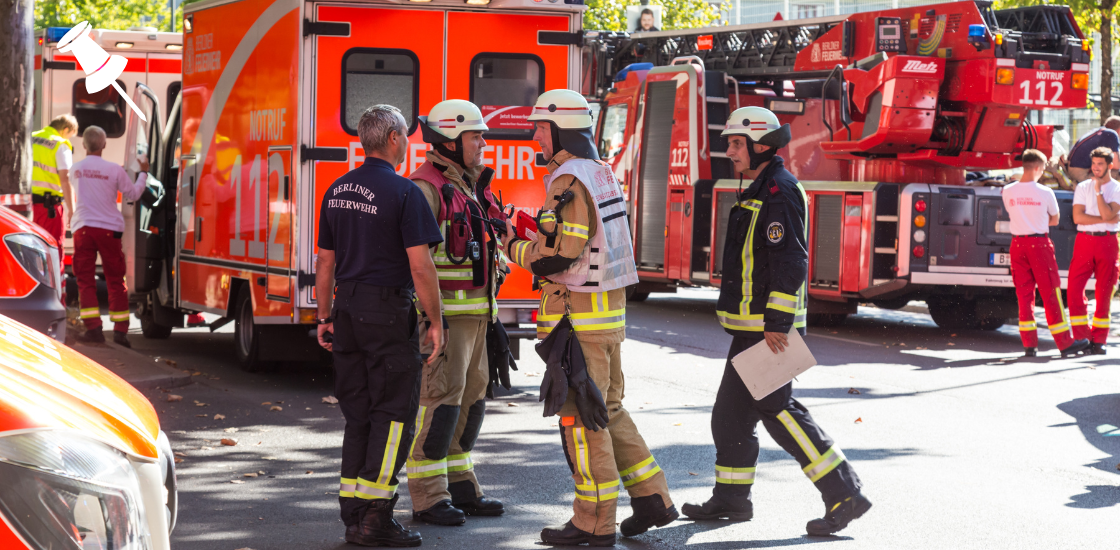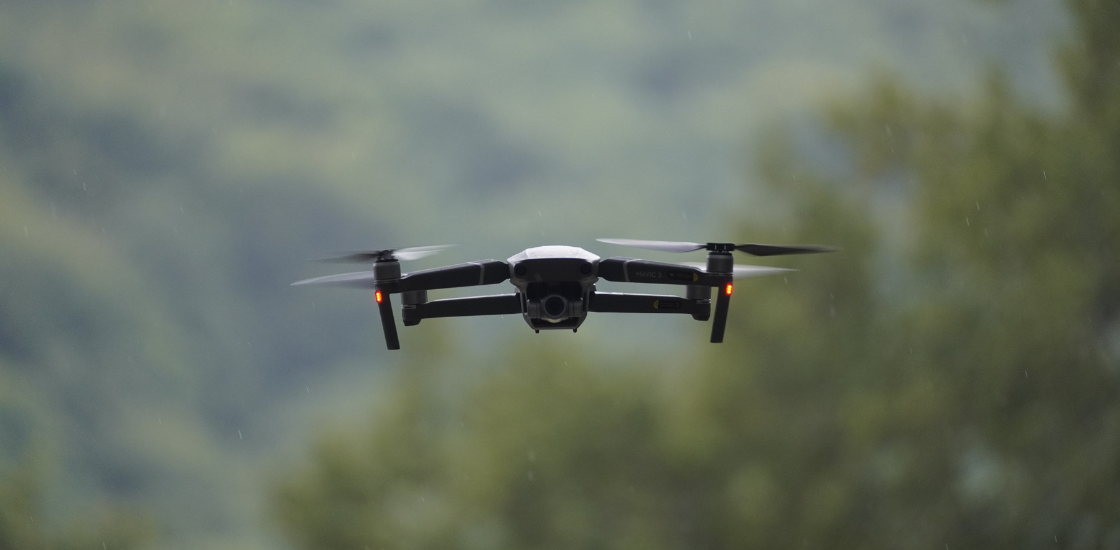When someone calls the police, the expectation is clear: help should arrive as quickly and efficiently as possible. But what happens behind the scenes, between that initial call and the arrival of officers on the scene? Understanding how are police calls dispatched reveals a highly coordinated process powered by human judgment, evolving procedures, and advanced technologies like computer-aided dispatch (CAD).
In this article, we break down the steps that make modern police dispatch systems work – and how GINA Software supports these operations worldwide.
Table of Contents
How Are Police Calls Dispatched? Step-by-Step Breakdown
The dispatch process begins the moment a call reaches a Public Safety Answering Point (PSAP), often referred to as a control room or dispatch center. A trained call-taker answers the call and immediately begins collecting critical information from the caller. This includes the nature of the emergency, the exact location, and whether there is any immediate danger to people or property. The call-taker’s ability to remain calm and ask the right questions under pressure is essential, especially when the caller is in distress.
This initial intake of information is the foundation of the dispatch process. Once the call-taker has assessed the situation, the case is forwarded to a dispatcher – sometimes the same person, depending on the system. At this point, the dispatcher enters the incident into a police dispatch system, typically powered by CAD software, and begins coordinating a response. Time is critical, and every second saved in this stage can make a real difference in the outcome of an incident.
From Call to Response: The Dispatch Workflow
The dispatcher evaluates the situation and decides how to respond, considering the urgency, type of incident, and available resources. While this decision-making remains a human responsibility, it’s increasingly supported by technology designed to improve speed and accuracy.
This is where computer-aided dispatch (CAD) comes into play. A CAD system allows dispatchers to view a real-time map of available units using AVL (Automatic Vehicle Location) technology. The system suggests the most appropriate response options, helping the dispatcher assign tasks quickly and efficiently. Once assigned, officers receive the dispatch information through in-vehicle terminals, radios, or mobile apps, which provide details like location, incident type, and ongoing updates.
Field units can acknowledge receipt of the dispatch and begin their response immediately. During the response, dispatchers continue to provide support, gather additional information, and help coordinate with other services such as fire and EMS when needed. This continuous flow of communication ensures that officers on the ground have all the information they need to act decisively and safely.
The Role of Technology in Police Dispatch
The dispatching of police calls today is far more advanced than it was just a decade ago. At the core of this transformation is computer-aided dispatch (CAD), a tool that helps public safety agencies manage incoming calls, track resources in real time, and coordinate rapid, informed responses. A well-designed CAD system reduces the risk of human error, increases operational visibility, and facilitates smooth communication between dispatchers and officers in the field.
Modern dispatch platforms do more than just assign tasks. They integrate multiple functions – from mapping and messaging to analytics and reporting – into a single, connected environment. This level of integration helps agencies respond more effectively, even in complex or large-scale incidents.
At GINA Software, we have developed GINA Smart CAD to meet the evolving demands of emergency response teams globally. It’s a next‑generation CAD system designed for speed, precision, and scale. Its refined interface allows dispatchers to create, categorize, and assign incidents within seconds, while commanders and field teams remain updated through every stage of the incident lifecycle.
GINA Smart CAD offers key features that help streamline police dispatch operations:
- Smart resource deployment using machine learning to suggest the fastest available units
- Real-time situational awareness with unit statuses, live tracking, and CCTV integration
- Live unit tracking displayed directly on the map
- Quick information sharing between dispatchers and field teams
- Detailed incident logging with time-stamped communication for review and reporting
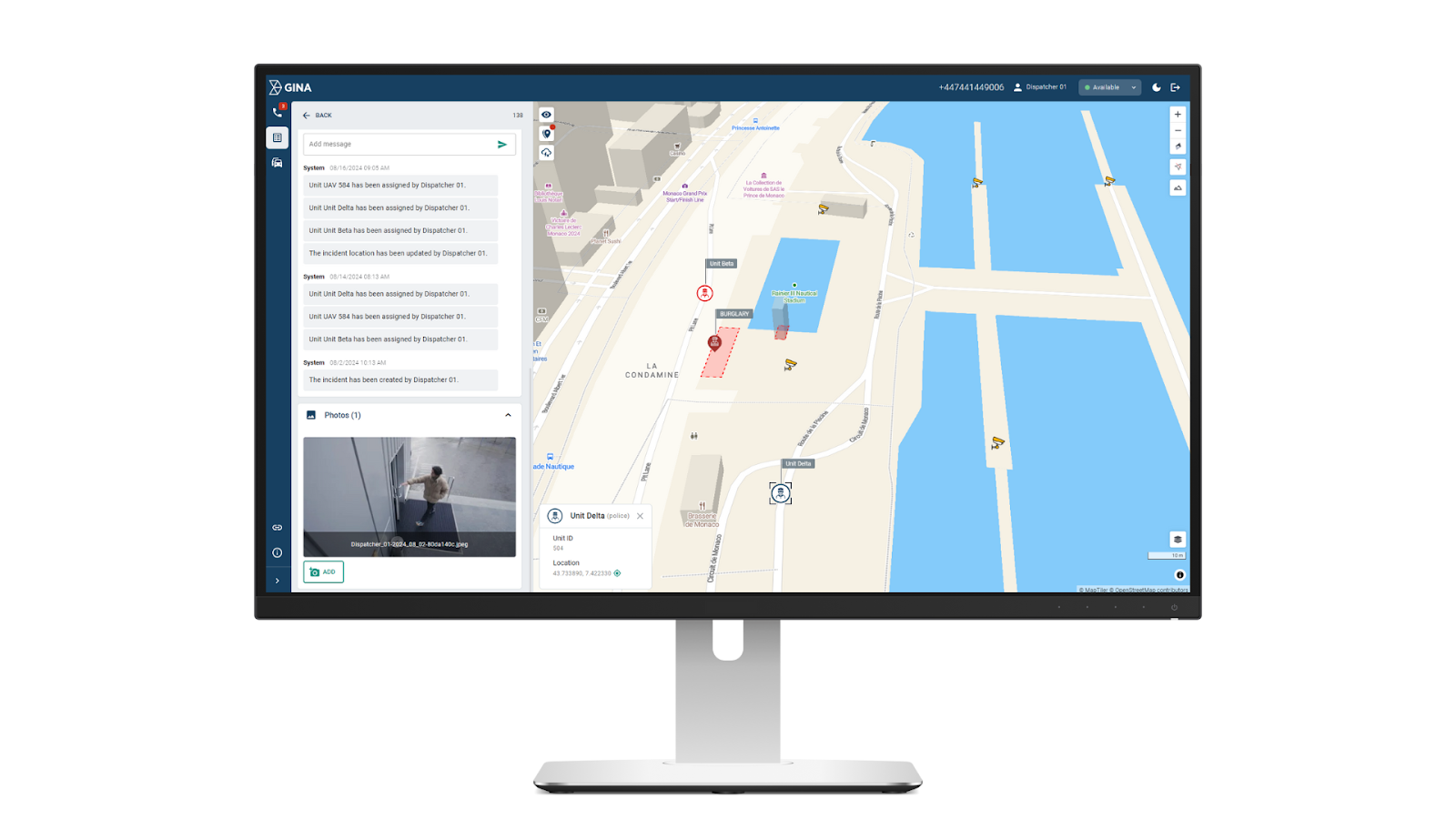
For an in-depth exploration of CAD fundamentals and the role such systems play in emergency response, check out our blog article: Computer-Aided Dispatch Explained.
Why Dispatch Matters
Understanding how police calls are dispatched helps us appreciate the critical role dispatchers and technology play in public safety. From the first phone call to the arrival of officers on scene, the process depends on efficient communication, reliable systems, and real-time coordination. A modern police dispatch system, supported by robust computer-aided dispatch, ensures that help is not only sent quickly but also in the most effective way possible.
At GINA Software, we’re committed to supporting first responders with tools that empower them to act swiftly and confidently. If you’d like to learn how our dispatch and coordination solutions can support your operations, we invite you to contact us or try a demo today.
To see how this process works within the U.S. 911 system, look out for our upcoming article on how 911 calls are dispatched, where we’ll explore the unique structure of call handling and emergency response in the United States.
